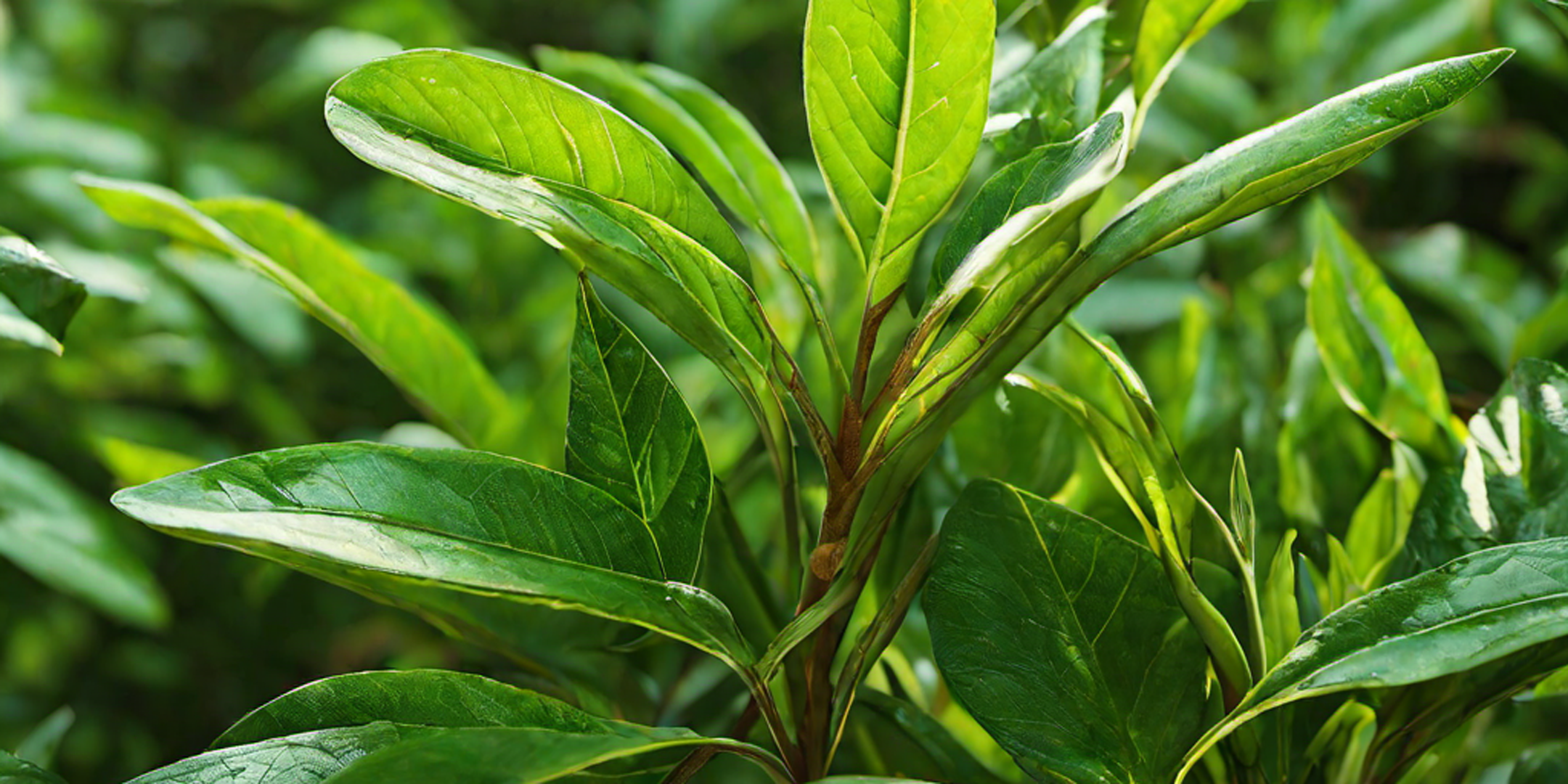Welcome to the ultimate guide on re-steeping tea, where we uncover the secrets to maximizing flavor and health benefits. Whether you are a tea connoisseur or just starting your journey into the world of loose-leaf tea, understanding the art of re-steeping can be a game-changer.
Re-steeping is the process of brewing tea leaves multiple times to extract the full range of flavors and nutrients they have to offer. By learning how to unlock the potential of your tea leaves, you can enjoy multiple cups of delicious tea while making the most of your investment.
In this comprehensive guide, we will explore the science behind re-steeping, debunk common misconceptions, and provide practical tips to enhance your tea-drinking experience. From choosing the right tea leaves to understanding the optimal steeping times, we'll cover it all.
So, whether you prefer a rejuvenating herbal infusion, a delicate green tea, or a robust black tea, get ready to delve into the world of re-steeping and discover a whole new level of flavor and wellness benefits. Let's unlock the secrets of re-steeping together.
What is re-steeping tea?
Re-steeping tea is the process of brewing tea leaves multiple times to extract the full range of flavors and nutrients they have to offer. When we steep tea leaves, we extract the soluble compounds from the leaves, such as polyphenols, catechins, and antioxidants, which contribute to the flavor and health benefits of tea. However, not all of these compounds are fully extracted in a single steeping.
By re-steeping tea, we can unlock additional layers of flavors and health benefits that may have been left behind in the first infusion. This is especially true for high-quality loose-leaf teas, which often have more complex flavor profiles and a higher concentration of beneficial compounds.
Why re-steep tea?
Re-steeping tea offers several advantages. Firstly, it allows you to make the most of your investment in high-quality tea leaves. Instead of using a new batch of leaves for each cup, re-steeping allows you to enjoy multiple cups of tea from the same leaves, extending their lifespan and saving you money in the long run.
Secondly, re-steeping tea can lead to a more nuanced and balanced flavor profile. As tea leaves are steeped multiple times, different compounds are extracted at different rates, resulting in a more complex and layered taste experience. This allows you to explore the full range of flavors that a particular tea has to offer.
Lastly, re-steeping tea can enhance the health benefits of your brew. Many of the beneficial compounds in tea, such as catechins and antioxidants, are released gradually during the steeping process. By re-steeping, you can extract a higher concentration of these compounds, maximizing the potential health benefits of your tea.
Factors that affect re-steeping tea
While re-steeping tea can be a rewarding experience, several factors can impact the success of each infusion. Understanding these factors will help you make informed decisions and achieve the best results.
The quality of the tea leaves plays a crucial role in re-steeping. High-quality loose-leaf teas, with their intact leaves and buds, tend to re-steep better than lower-grade teas or tea bags. The size and shape of the leaves also matter as they affect the rate at which the tea infuses and the extracted flavors.
The type of tea and its processing method also influence re-steeping. Certain types of tea, such as oolong and pu-erh, are known for their ability to be re-steeped multiple times while maintaining their flavor. On the other hand, delicate green teas may lose their freshness and become bitter if re-steeped for too long.
The water temperature and steeping time are critical factors to consider. Different teas require different water temperatures and steeping times to achieve the desired flavor profile. Generally, lighter teas like green and white teas are steeped at lower temperatures for shorter durations, while darker teas like black and pu-erh teas can withstand higher temperatures and longer steeping times.
Types of tea that can be re-steeped
Not all teas are the same when it comes to re-steeping. While most loose-leaf teas can be re-steeped at least once, some teas are better suited for multiple infusions. Here are a few types of tea that are known for their re-steeping capabilities:
- Oolong Tea: Oolong tea is prized for its ability to be re-steeped multiple times while retaining its complex flavors. The semi-oxidized leaves of oolong tea release different flavors and aromas with each infusion, providing a unique tasting experience.
- Pu-erh Tea: Pu-erh tea, a fermented tea from Yunnan, China, is known for its aging potential and the ability to develop richer flavors over time. Re-steeping pu-erh tea can reveal new layers of earthiness and complexity.
- White Tea: White tea, made from young tea buds and leaves, can be delicate yet flavorful. It is often re-steeped to fully appreciate its subtle floral and sweet notes.
- Herbal Infusions: Herbal infusions, such as chamomile, peppermint, and rooibos, are caffeine-free and can be re-steeped without losing much flavor. Re-steeping herbal infusions allow you to enjoy their soothing and aromatic qualities for longer.
How to properly re-steep tea
Re-steeping tea requires a slightly different approach compared to the initial steeping. Follow these steps to ensure a successful re-steep:
- Start with high-quality loose-leaf tea: Using loose-leaf tea gives you the best chance of a successful re-steep. Look for intact leaves and buds, which tend to produce better results.
- Adjust the steeping time: For the first infusion, follow the recommended steeping time provided by the tea manufacturer. For subsequent infusions, increase the steeping time slightly to extract more flavor. However, exercise caution to avoid oversteeping, as it may lead to bitterness.
- Experiment with water temperature: Depending on the type of tea, you may need to adjust the water temperature for each infusion. Generally, lighter teas require lower temperatures, while darker teas can handle hotter water.
- Increase the steeping time gradually: As you re-steep, increase the steeping time gradually to extract more flavors. Start with an additional 30 seconds and adjust according to your taste preferences.
- Use a teapot or gaiwan: Using a teapot or gaiwan allows you to pour out the tea and separate the leaves from the liquid easily. This prevents oversteeping and ensures a cleaner flavor.
Maximizing flavor in re-steeped tea
To maximize the flavor in re-steeped tea, there are a few additional techniques you can employ:
- Gently agitate the leaves: Before each infusion, give the tea leaves a gentle shake or stir to ensure even distribution and extraction of flavors.
- Experiment with multiple infusions: Don't be afraid to experiment with the number of infusions. Some teas may only yield two or three good infusions, while others can be re-steeped up to ten times or more. Taste each infusion and decide when the flavors start to fade.
- Combine infusions: If you prefer a stronger brew, you can combine multiple infusions into one cup. This will result in a bolder flavor profile, allowing you to make the most of each re-steep.
- Store the leaves between infusions: If you are not planning to re-steep immediately, make sure to store the tea leaves properly to maintain their freshness. Store them in a sealed container, protecting them from light, heat, and moisture.
Health benefits of re-steeping tea
Re-steeping tea not only enhances the flavor but also allows you to maximize the health benefits of your brew. Tea is known for its rich array of antioxidants, polyphenols, and other bioactive compounds that contribute to various health benefits. Re-steeping tea can increase the concentration of these beneficial compounds, amplifying the potential positive effects on your well-being.
The catechins found in tea, particularly green tea, are known for their antioxidant properties and potential health benefits, such as reducing the risk of heart disease and certain types of cancer. Re-steeping green tea can help extract more catechins, increasing their concentration in each cup.
Similarly, the theaflavins and thearubigins found in black tea have been linked to improved cardiovascular health and immune function. Re-steeping black tea can release more of these compounds, enhancing their potential health benefits.
It is important to note that while re-steeping can increase the concentration of beneficial compounds, it may also increase the caffeine content of your brew. If you are sensitive to caffeine, consider reducing the steeping time or opting for caffeine-free herbal infusions.
Common mistakes to avoid when re-steeping tea
To ensure a successful re-steeping experience, it is important to avoid common mistakes that can negatively impact the flavor and quality of your tea:
- Oversteeping: Oversteeping can lead to a bitter and unpleasant taste. Be mindful of the recommended steeping times and adjust accordingly for subsequent infusions.
- Underestimating the leaf-to-water ratio: Using too few tea leaves can result in weak and flavorless brews. Follow the recommended leaf-to-water ratio or adjust according to your taste preferences.
- Using water that is too hot or too cold: Water temperature plays a crucial role in tea extraction. Using water that is too hot can scorch the leaves, while water that is too cold may not fully extract the flavors. Find the optimal temperature for each type of tea.
- Re-steeping for too long: While it is important to increase the steeping time for each infusion, be cautious not to oversteep. Re-steeping for too long can lead to bitterness and astringency.
- Storing wet leaves: Leaving the tea leaves wet between infusions can lead to mold and off-flavors. Make sure to properly dry the leaves or store them in an airtight container.
Tips for storing re-steeped tea
If you have re-steeped more tea than you can drink in one sitting, it is important to store the remaining tea properly to maintain its freshness and flavor. Here are some tips for storing re-steeped tea:
- Allow the tea to cool: Before transferring the re-steeped tea to a container, allow it to cool to room temperature. Hot tea can create condensation, which can affect the flavor and quality of the stored tea.
- Use an airtight container: Transfer the re-steeped tea to an airtight container to minimize exposure to air, light, heat, and moisture. This will help preserve the flavors and prevent the tea from absorbing any unwanted odors.
- Store in a cool, dark place: Find a cool, dark place to store the container of re-steeped tea, such as a pantry or cupboard.
- Consume within a reasonable time: While re-steeped tea can be stored for a certain period, it is best to consume it within a few days to enjoy its optimal freshness and flavors.
Conclusion
Re-steeping tea is an art form that allows you to unlock the full potential of your tea leaves while enjoying multiple cups of delicious brew. By understanding the science behind re-steeping, choosing the right tea leaves, and employing proper steeping techniques, you can enhance your tea-drinking experience and make the most of your investment.
Remember to explore different types of tea that lend themselves well to re-steeping, experiment with steeping times and water temperatures, and store re-steeped tea properly to maintain its freshness. Whether you are seeking complex flavors, health benefits, or simply looking to savor every sip, re-steeping tea is a rewarding journey that will elevate your tea-drinking ritual to new heights. Cheers to the secrets unlocked through re-steeping!




